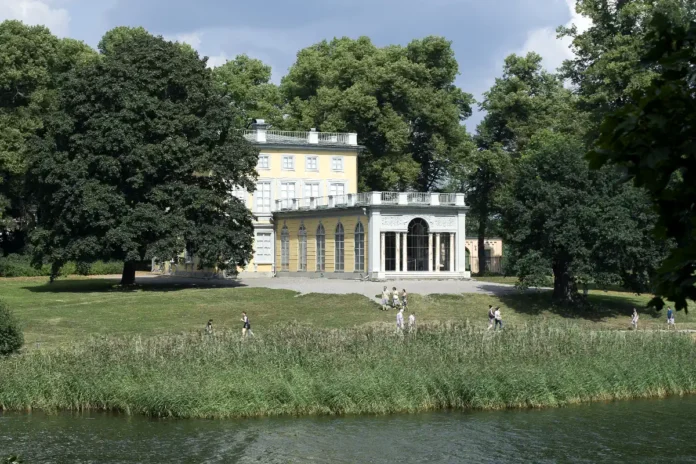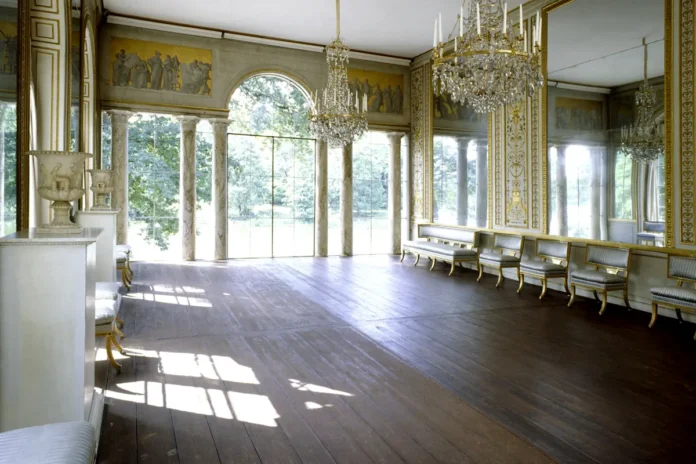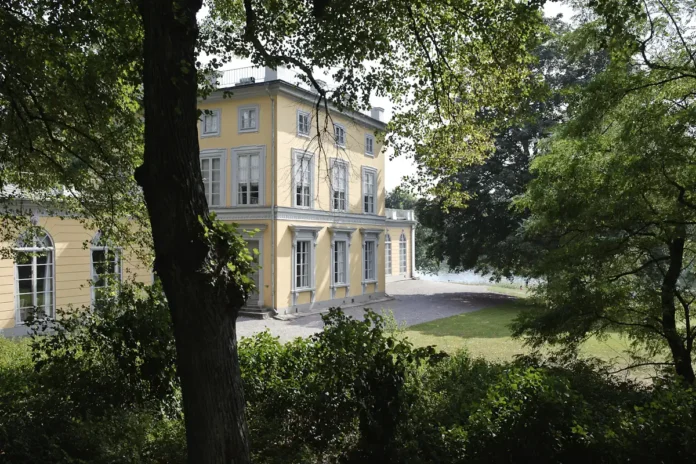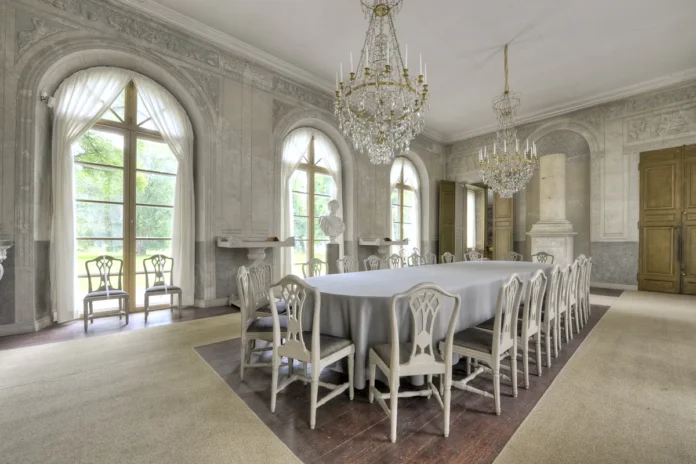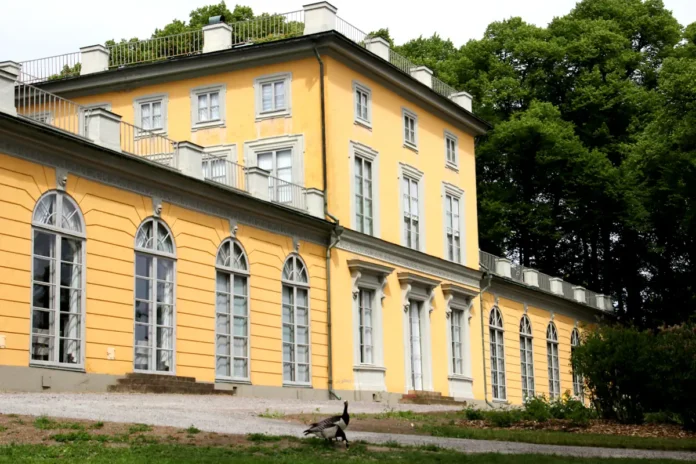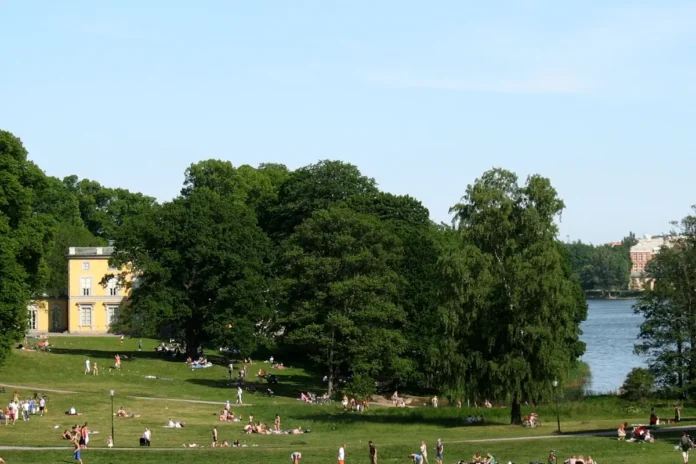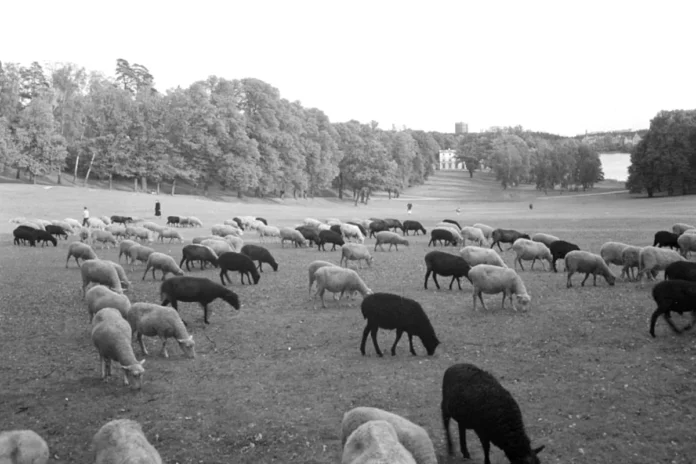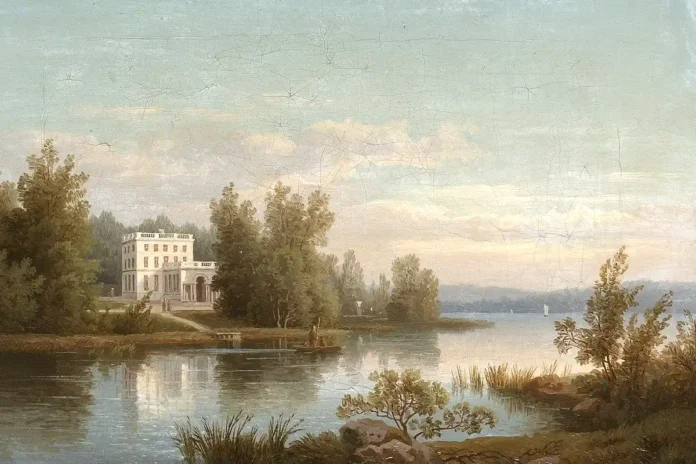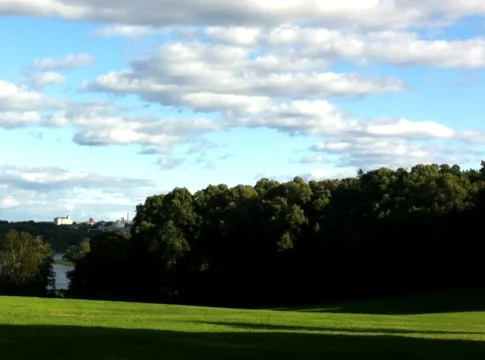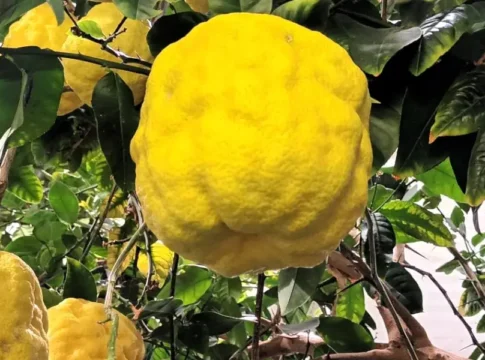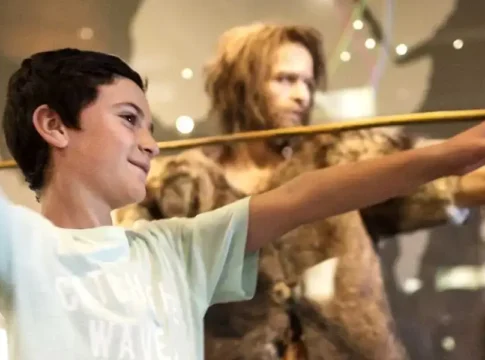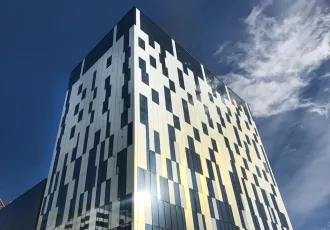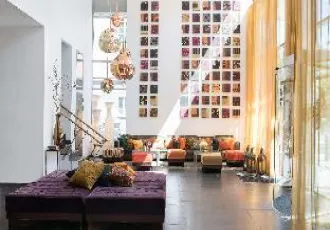Gustav III’s Pavilion – Neoclassical elegance in Haga Park
Nestled in the lush expanse of Haga Park in Solna, just north of Stockholm, Gustav III’s Pavilion is a neoclassical masterpiece and one of Sweden’s most refined royal retreats. Built between 1787 and 1792 by architect Olof Tempelman under the direct supervision of King Gustav III, the pavilion harmonizes classical Greek and Roman motifs with lavish Pompeian-inspired interiors created by Louis Masreliez.
A royal escape in the Gustavian era
Designed as a summer haven from court life, the pavilion reflects Gustav III’s personal taste and passion for the arts. It served as his private sanctuary until his assassination in 1792. Inside, visitors encounter period furnishings, mirrored halls, and intricate stuccowork—all preserved as a window into the elegant Gustavian aesthetic. After Gustav III’s death, his brother Duke Charles resided there briefly, further enriching its historical legacy.
Architectural and artistic legacy
The pavilion’s symmetrical façades and elegant pediment highlight its neoclassical design, while interior decorations—restored in the 1840s and again between 1937 and 1946—preserve the original vision of Masreliez. Just a short stroll away are the Copper Tents, whimsical buildings by Louis Jean Desprez designed to resemble Turkish encampments—another nod to Gustav III’s fascination with exotic styles.
Exploring Haga Park
Surrounding the pavilion is the expansive Haga Park, part of the Royal National City Park. Visitors can enjoy leisurely lakeside walks, picnic in peaceful gardens, or discover other historic sites including the Copper Tents and the ruins of the unfinished Haga Palace. The park remains a beloved destination for nature lovers and history enthusiasts alike.
Visitor information
- 🕰️ Opening Hours:
- Summer Season (June–August): Open for guided tours
- Off-season: Closed (grounds and café open year-round)
- 📍 Address: Gustav III’s Pavilion, Hagaparken, 169 70 Solna
- 🚶♀️ Getting There: Commuter train to Solna Station, then a 20-minute walk through Haga Park. Bus 515 or 57 to Haga Norra also serves the area. Limited parking near park entrances.
- 🔍 What to Expect: Guided tours of Gustavian interiors, mirrored halls, historical anecdotes, and serene park surroundings.
- 🎟️ Admission: Entry via guided tour only.
- ☕ Café: Lunch, light meals and drinks available at the nearby Copper Tents café.




